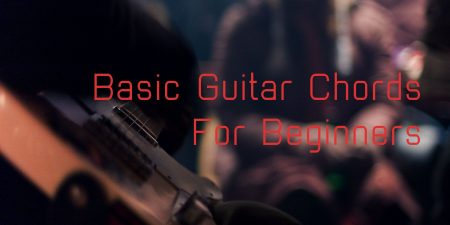Chords are considered the building blocks of songs. Beginning guitar players who see a chord chart for the first time will probably be overwhelmed by the number of chords they need to learn. If you’re new to the guitar, it’s easy to get dizzy looking at fret markers and determining where to put your fingers.
Don’t fret (pun intended)–we have here the top chords you should learn first. Once you have these chords in your arsenal, you’ll be able to play a multitude of songs across different genres. A majority of the world’s most famous pop and rock songs even use just four chords at most!
For instance, songs like U2’s “With or Without You,” Maroon 5’s “She Will Be Loved” and James Blunt’s “You’re Beautiful” use only the chords G, D, Em and C.
Visit these pages for an in depth guide to learn guitar songs, learn guitar chords or find online guitar lessons.
Follow these tips when learning chords:
- Your fingers have three knuckles–bend or curl all of them so you can press the strings easily to the fretboard.
- Use your fingertips, not your nails.
- When pressing down on a string, make sure your finger isn’t touching (and therefore muting) the strings above and below.
- The proper thumb placement is at the back of the guitar neck.
- Keep your fingers as close to the fret as possible.
- Practice switching between chords.
- Start by learning three-chord songs that use the chords C, D and G.
- Practice as often as possible, but take breaks between practice sessions to give time for muscle memory to develop.
When you’re ready, tune up your guitar and let’s get started!
C Major
Also known as the C chord, it’s often the first chord beginners learn. When doing this chord, remember to curl your first finger so the first string rings open.
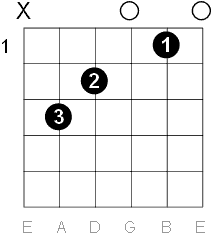
A Major
Also known as the A chord, the A major chord is made by fitting the index, middle and ring finger on the second fret. If you have sausage fingers, this chord can take a little getting used to, so practice!
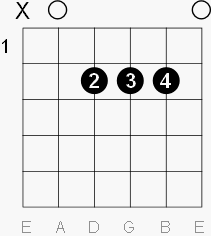
G Major
Strum all six strings when doing this chord and make sure you curl your first finger to allow the open fourth string to ring properly.
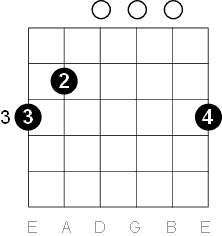
E Major
Another top chord for beginners, the E major chord is done by strumming all six strings and curling the first finger to let the second string ring properly.
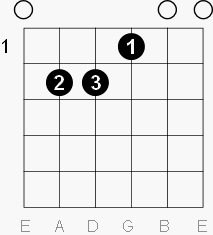
D Major
The D chord is one of the easiest to do. As with the A chord, curl your third finger on the second string so that the first one rings clearly. Strum only the top four strings.
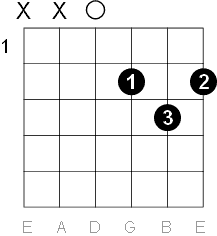
A Minor
Learning the A minor (Am) chord comes easily once you’ve mastered the E major chord. Avoid playing the open sixth string.
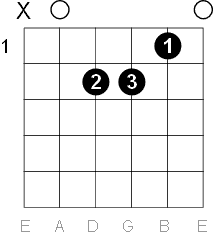
E Minor
Beginners love the E minor (Em) chord because it needs only two fingers. Be that as it may, you have to be careful not to touch any of the open strings.
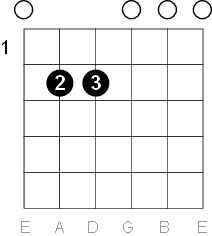
D Minor
For the D minor (Dm) chord, curl your third finger (on the second string) so that the first string rings clearly, and play only the top four strings.
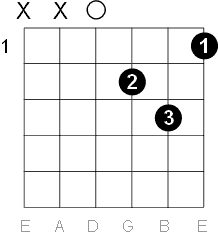
Those are the eight basic chords every new guitarist needs to learn. Take note that there are situations when reversing fingers on chords makes sense when switching between chords–what matters is you’re comfortable and enjoying your guitar. Now, get practicing!
You can find more info on guitar lessons and guitar chords through the links provided.



